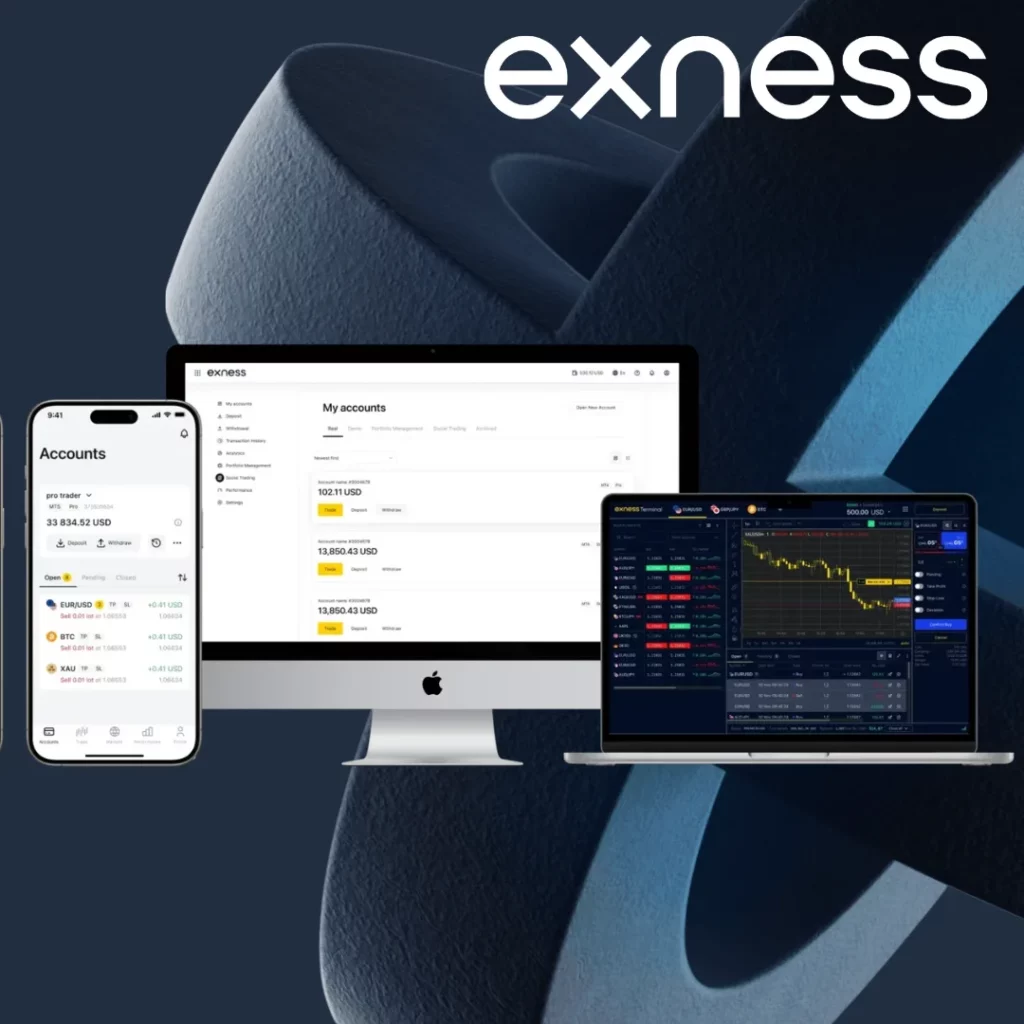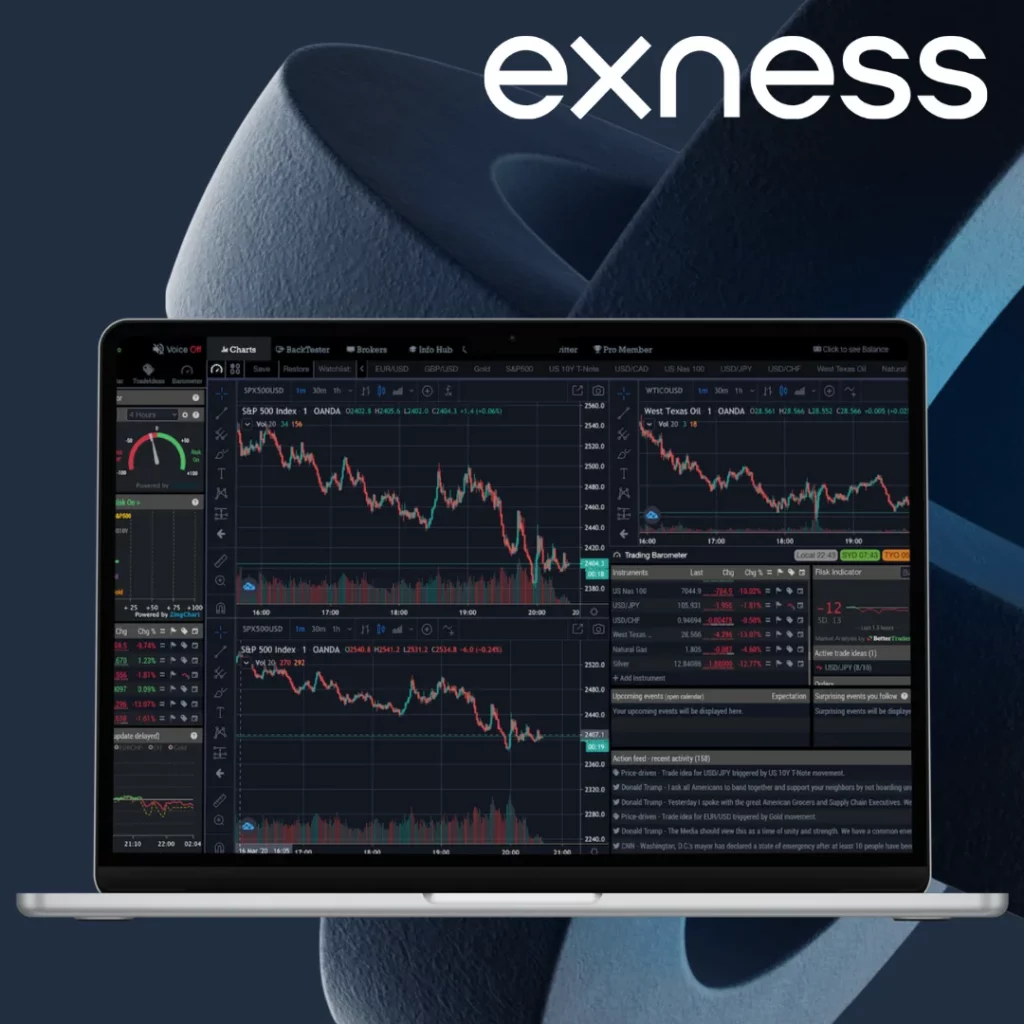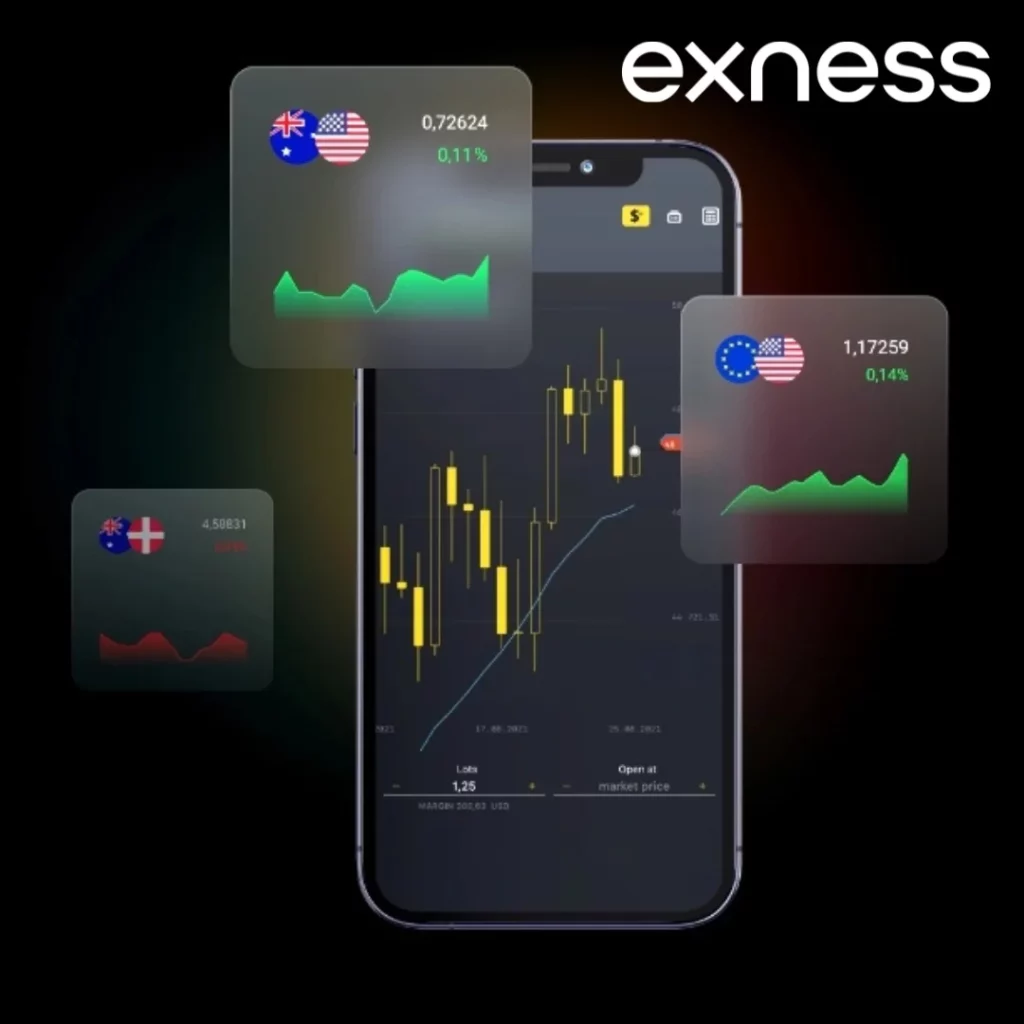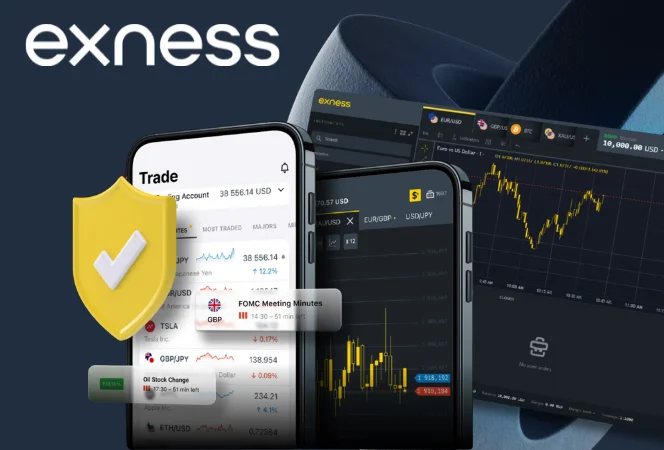Understanding the NASDAQ 100 Index
The NASDAQ 100 is a stock market index that includes 100 of the largest non-financial companies listed on the NASDAQ exchange. It reflects the performance of major industries such as technology, consumer services, healthcare, and industrials.
Unlike the broader NASDAQ Composite, the NASDAQ 100 excludes financial institutions, which makes it heavily weighted toward technology and innovation-driven firms like Apple, Microsoft, Amazon, and Meta. This focus makes it particularly sensitive to tech trends, interest rate changes, and economic data affecting growth sectors.
Key Features of the NASDAQ 100:
- Covers 100 top non-financial stocks listed on NASDAQ.
- Technology sector accounts for over 50% of the index.
- Volatile, offering multiple trading opportunities.
- Traded via CFDs on platforms like MetaTrader 4 and 5.
For Nigerian traders, this index presents both risks and opportunities depending on how well global macroeconomic conditions are interpreted and incorporated into a trading strategy.

Trading NASDAQ 100 on Exness
Trading the NASDAQ 100 index on Exness gives Nigerian traders direct exposure to one of the world’s most closely watched equity indices. Through CFDs, traders can speculate on both rising and falling prices without owning the actual index components. This flexibility allows strategies to be applied in different market conditions—whether trending or ranging. Exness offers access to USTEC on powerful trading platforms, combined with competitive trading conditions, low latency execution, and multiple account types tailored to individual trading preferences.
NASDAQ 100 Symbol on Exness
On Exness trading terminals, the NASDAQ 100 is listed as USTEC. This symbol represents a CFD (Contract for Difference) based on the price movement of the actual NASDAQ 100 index. This means traders speculate on price movements without owning the underlying assets.
NASDAQ 100 (USTEC) Specification on Exness:
| Feature | Detail |
|---|---|
| Symbol | USTEC |
| Instrument Type | Index CFD |
| Contract Size | 1 lot = 1 index |
| Minimum Volume | 0.01 lots |
| Leverage (max) | Up to 1:400 |
| Trading Platform | MT4 / MT5 |
| Execution Type | Market Execution |
| Spread Type | Floating |
Account Types for NASDAQ Trading
Exness offers several account types suitable for trading USTEC, each designed for different trader profiles:
- Standard Account: No commissions, ideal for casual or beginner traders.
- Pro Account: Lower spreads and fast execution, preferred by high-volume traders.
- Zero Account: Ultra-low spreads from 0.0 pips, commission-based, best for scalpers.
- Raw Spread Account: Combines tight spreads with fixed commissions.
Account Comparison for USTEC Trading:
| Account Type | Spread (From) | Commission (USD) | Execution Type | Platform |
|---|---|---|---|---|
| Standard | 0.3 pips | None | Market | MT4 / MT5 |
| Pro | 0.1 pips | None | Market | MT4 / MT5 |
| Zero | 0.0 pips | From $0.2/lot | Market | MT4 / MT5 |
| Raw Spread | 0.0 pips | $3.5/lot/side | Market | MT4 / MT5 |
Leverage Options for NAS100
Leverage on index CFDs like NASDAQ 100 is available up to 1:400 on Exness, depending on the account type, total exposure, and regulatory rules applied to the client’s region. While high leverage can amplify gains, it also increases the risk of rapid losses.
Exness uses dynamic leverage — it automatically adjusts based on open positions and instrument categories. Traders in Nigeria should consider their risk appetite and available capital before selecting leverage levels.
Trading Conditions for NASDAQ 100
Trading conditions play a significant role in determining the efficiency and cost of operating in volatile markets like the NASDAQ 100. Exness offers index CFDs with market execution, fast order processing, and floating spreads.

Key Trading Conditions on Exness for USTEC:
- Execution Model: Market execution with no requotes.
- Spreads: Floating, starting from 0.3 pips (depending on account type).
- Commission: Varies by account; none on Standard and Pro, fixed rate on Raw Spread and Zero accounts.
- Minimum Lot Size: 0.01 lots.
- Swap-Free Options: Available based on region and account type.
- Margin Requirements: Adjust dynamically depending on leverage and exposure.
- Stop Out Level: Set at 0% for most accounts, reducing the likelihood of early closure of positions.
These conditions are designed to accommodate both high-frequency traders who rely on low latency execution and swing traders who prefer holding positions for longer periods.
NASDAQ 100 Trading Hours
Trading hours directly impact spread behavior, liquidity, and market volatility. Understanding when the NASDAQ 100 index is most active can help Nigerian traders make more informed trading decisions.
Market Open and Close Times
The USTEC (NASDAQ 100 CFD) follows the trading hours of the NASDAQ exchange in the United States. However, trading on Exness for this instrument is available for a wider window, considering pre-market and after-hours sessions.
USTEC Trading Schedule (Nigerian Time):
| Session Type | Opening Time | Closing Time |
|---|---|---|
| Weekdays | 1:00 PM | 11:00 PM |
| Trading Days | Monday–Friday | – |
| Market Break | Saturday–Sunday | Closed |
Note: These hours may shift slightly during daylight saving time in the US.
Best Times to Trade NAS100 in Nigeria
The highest trading volumes typically occur during the first few hours after the U.S. market opens and around major economic announcements. For traders in Nigeria, this means:
- Best Time for Volatility: 2:30 PM – 5:00 PM (after the U.S. market opens).
- High Liquidity Hours: 3:00 PM – 8:00 PM.
- Earnings Season Alerts: Volatility may spike during quarterly earnings reports from companies in the index.
Impact of Market Holidays
While Exness operates 24/5, index CFDs like USTEC follow U.S. exchange holidays. On these days, trading is either closed or operates on a shortened schedule. It’s important to check the Exness trading calendar regularly, especially around:
- U.S. Independence Day
- Thanksgiving Day
- Christmas and New Year holidays
During these periods, spreads can widen, volatility can increase, and execution speed might vary due to thinner market liquidity.
How to Start Trading NASDAQ 100 on Exness
Starting to trade USTEC from Nigeria is straightforward with Exness. The platform supports local registration, funding methods, and account verification adapted for Nigerian residents.
Setting Up an Exness Account in Nigeria
To begin, traders must create a verified trading account. The process involves:
- Visit the official Exness website and click “Open Account”.
- Select Nigeria as your country of residence.
- Enter a valid email address and password.
- Verify your phone number.
- Submit identification documents (e.g., national ID, passport, or driver’s license).
- Provide proof of address, such as a utility bill or bank statement.
- Set up a real or demo account within your Personal Area.
Steps to Trade NAS100
Once your account is active, follow these steps to begin trading:
- Download MetaTrader 4 or 5, or use the Exness Terminal.
- Login using your trading credentials.
- Add USTEC to your Market Watch by right-clicking and selecting “Symbols”.
- Open a chart, analyze price action using indicators or trend tools.
- Decide your position size, set Stop Loss and Take Profit levels.
- Place a market or pending order.
- Monitor and manage your trade.
Local funding methods are available, including bank transfers and popular Nigerian payment providers, enabling fast deposits and withdrawals in local currency.
Tips for Trading NASDAQ 100 Successfully
The NASDAQ 100 index is known for its volatility and sensitivity to macroeconomic trends, especially those related to technology and growth sectors. To trade this instrument effectively, it’s essential to have a structured approach. Below are practical guidelines for Nigerian traders to improve consistency and reduce risk.
1. Follow U.S. Economic Indicators: Many price movements in the NASDAQ 100 are triggered by U.S. data releases such as:
- Non-Farm Payrolls (NFP).
- Federal Reserve interest rate decisions.
- Inflation reports (CPI, PPI).
- Tech earnings releases (Apple, Microsoft, Google).
Use a calendar to stay ahead of key events and avoid trading blindly into volatility.
2. Use a Risk-Reward Ratio: Avoid opening trades without calculating the risk-to-reward ratio. A typical minimum target is 1:2 — risking $10 to potentially earn $20.
3. Manage Leverage Carefully: Trading NAS100 with high leverage can magnify results. Always set a realistic leverage level based on your capital size and risk appetite. Use stop-losses consistently.
4. Stick to a Trading Plan: Define clear entry and exit rules before entering a trade. Avoid reacting emotionally to market swings.
5. Practice with a Demo Account: Before trading live funds, test your NAS100 strategy on a demo account. This helps refine your system without exposing real capital.

Frequently Asked Questions
What is the minimum deposit to trade NASDAQ 100 on Exness?
The minimum deposit depends on the payment method. For Standard accounts, there’s no set minimum by Exness, but the payment provider may require at least $10.

